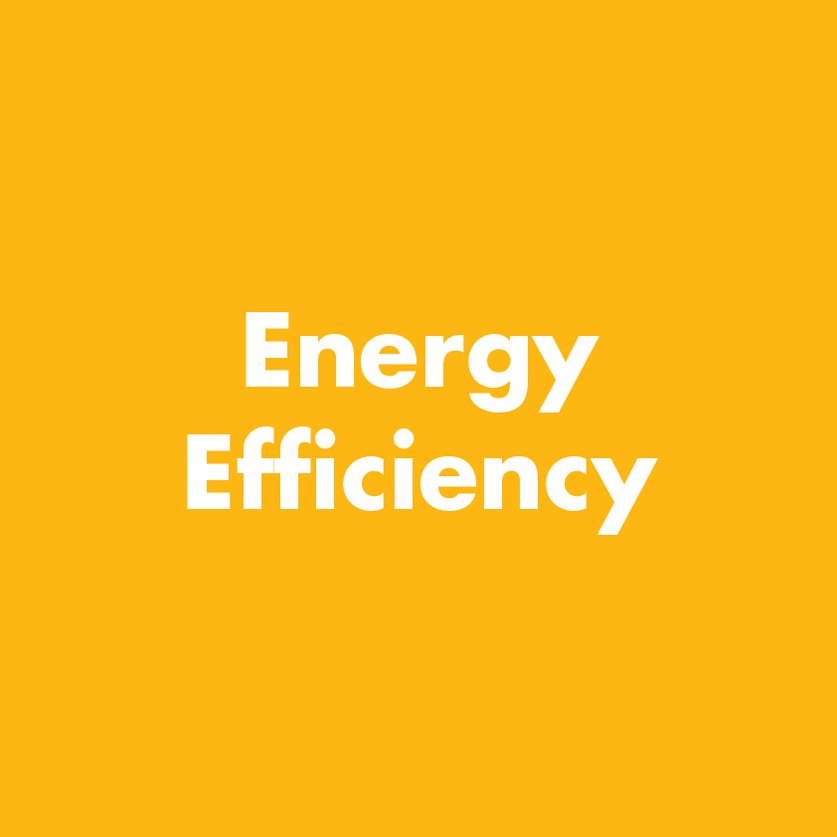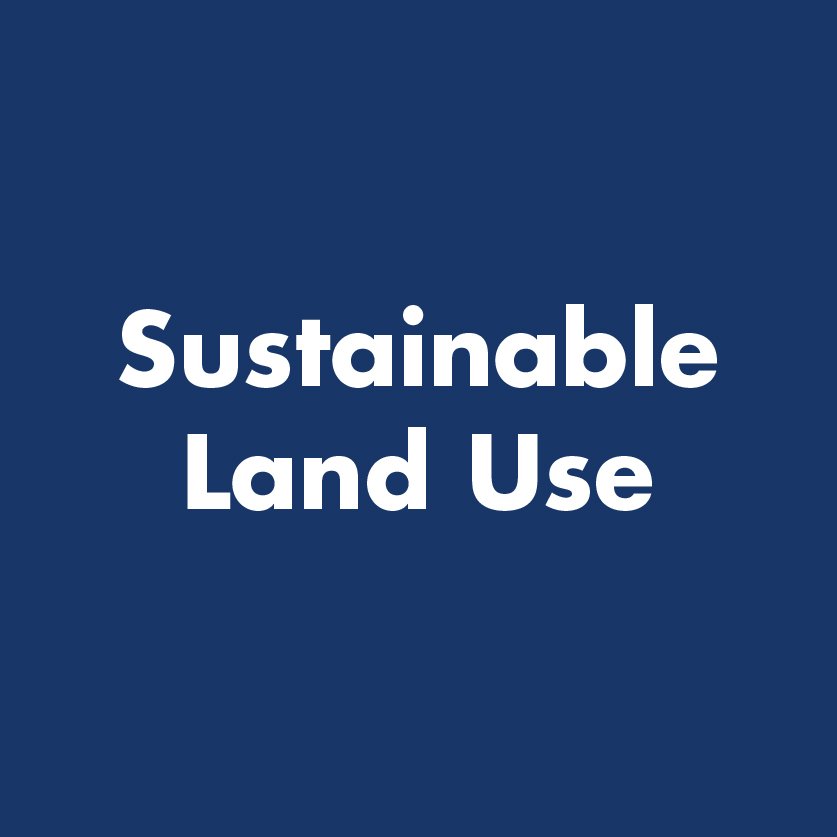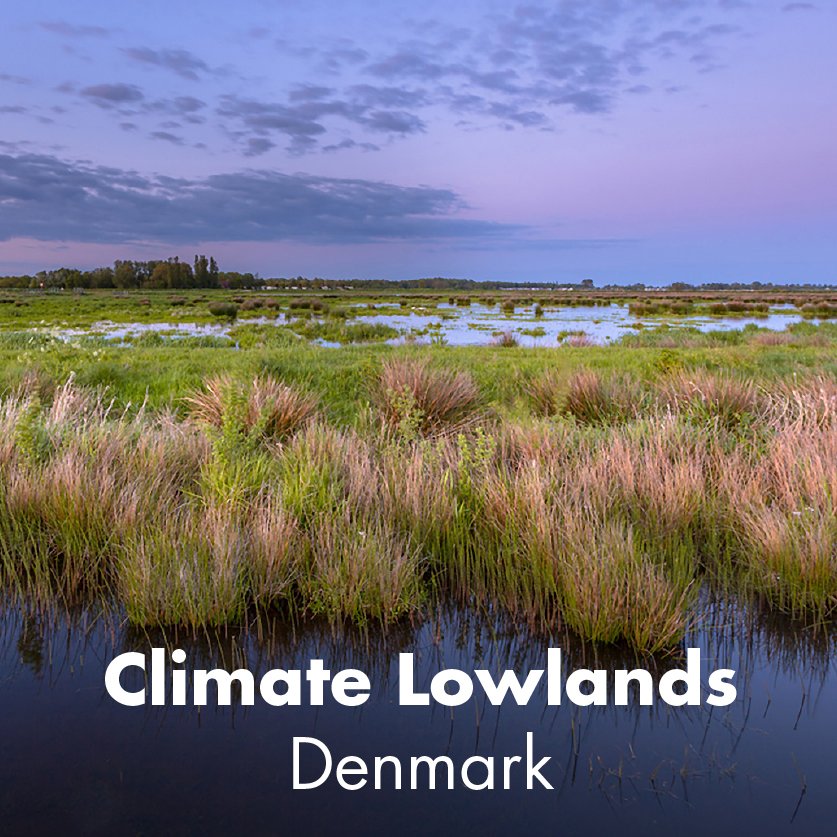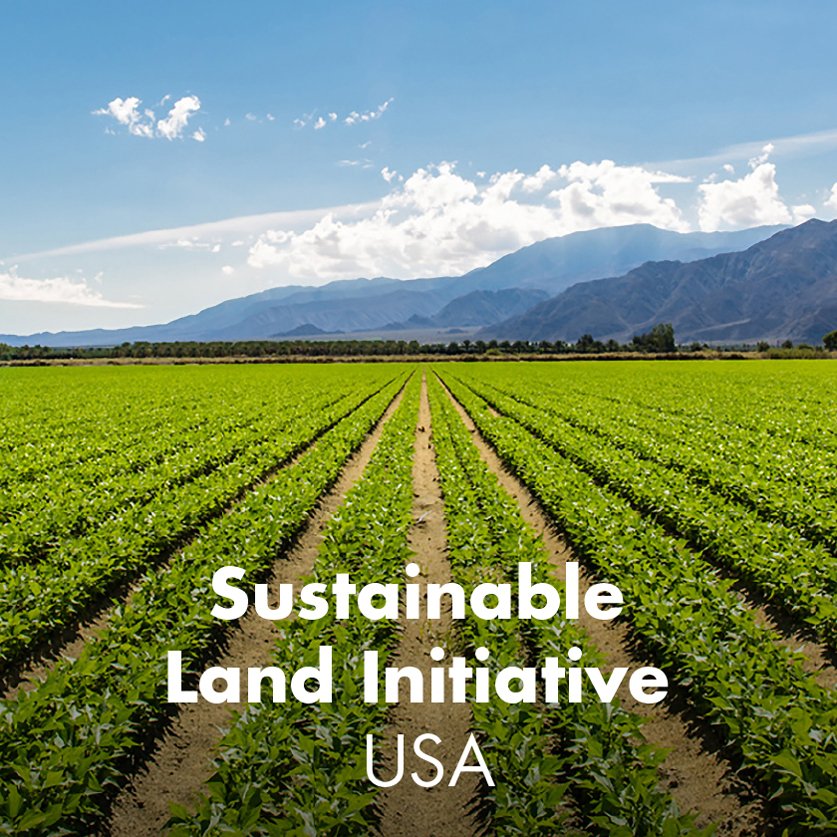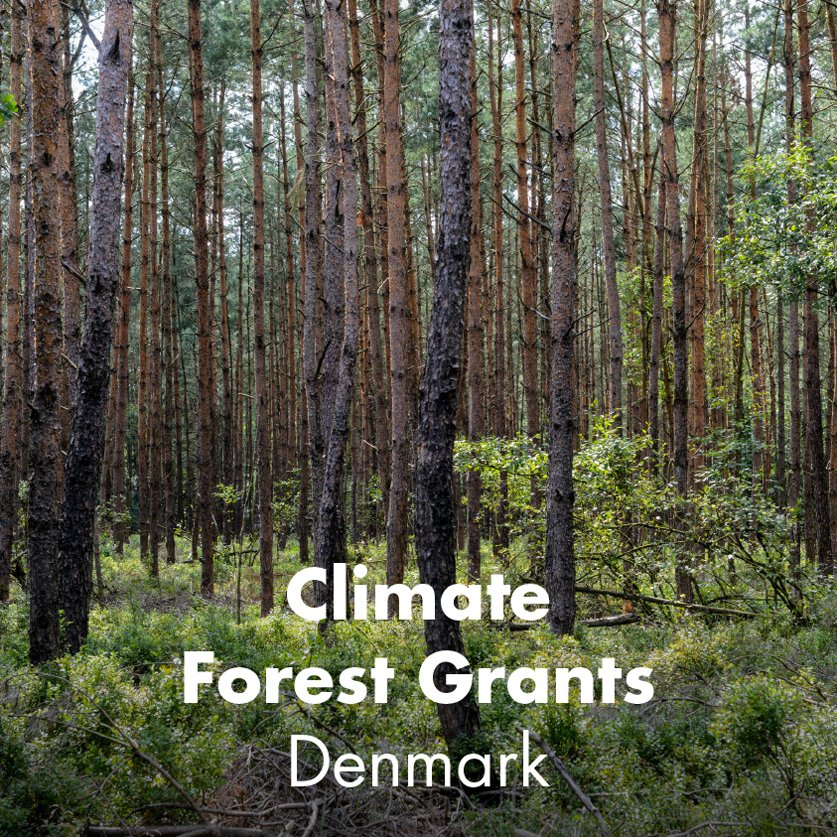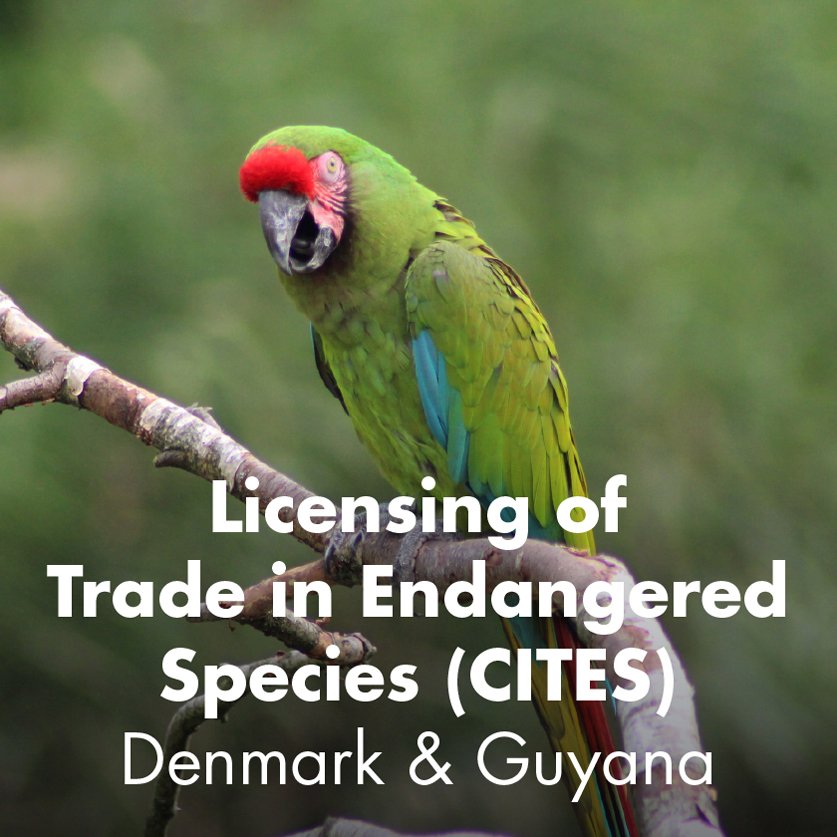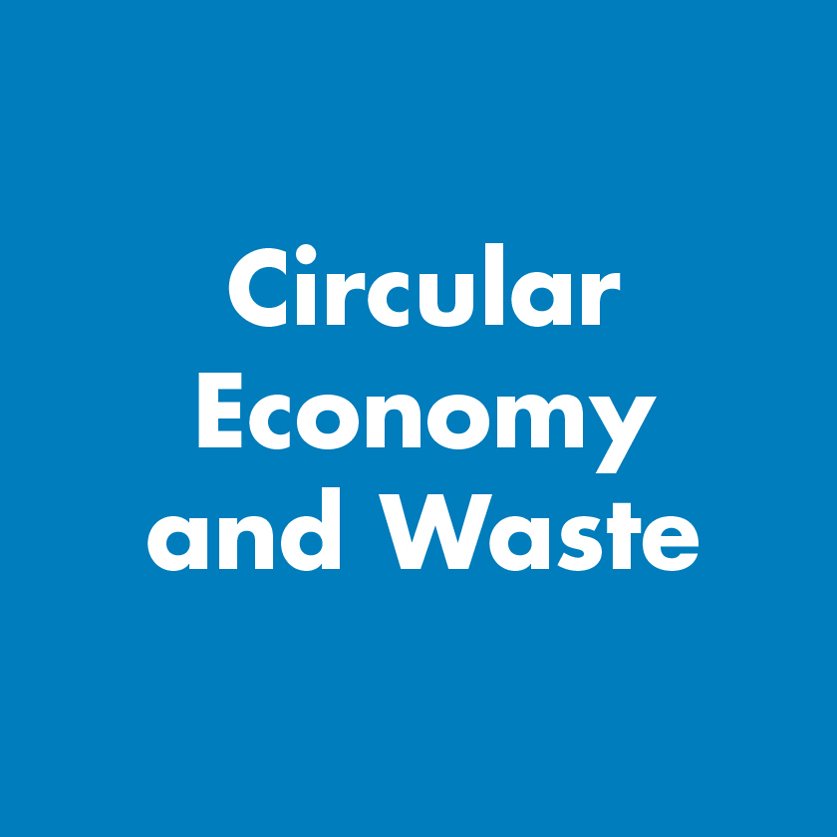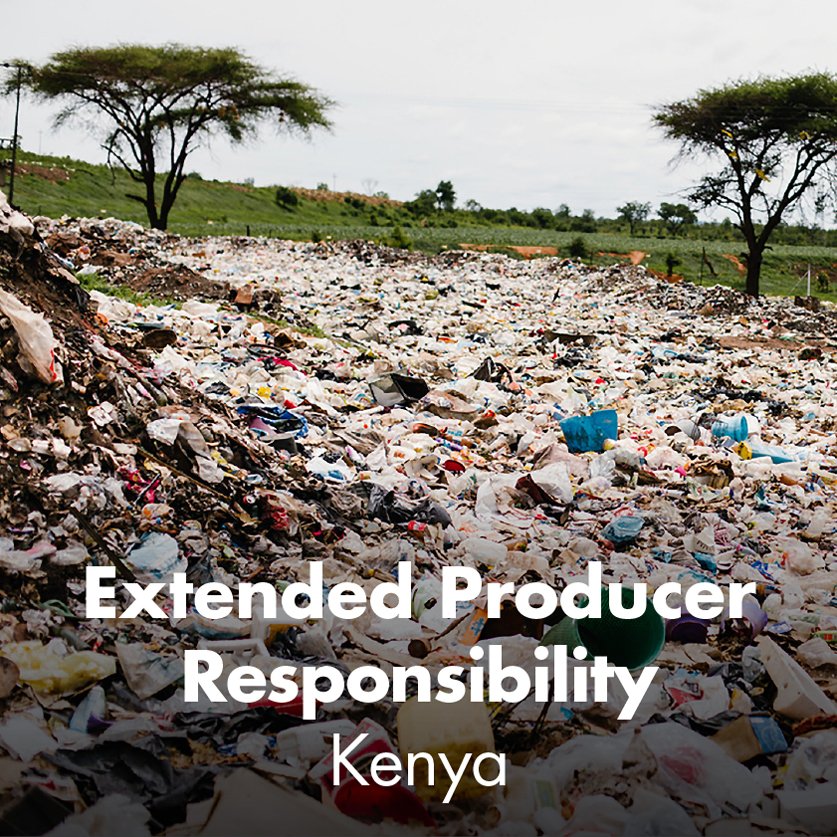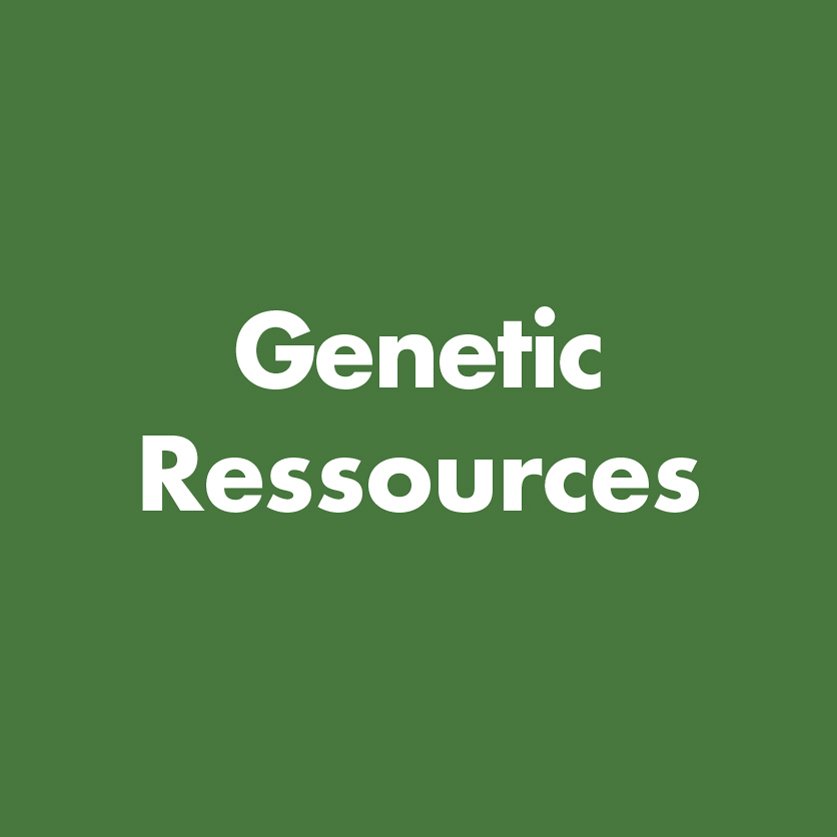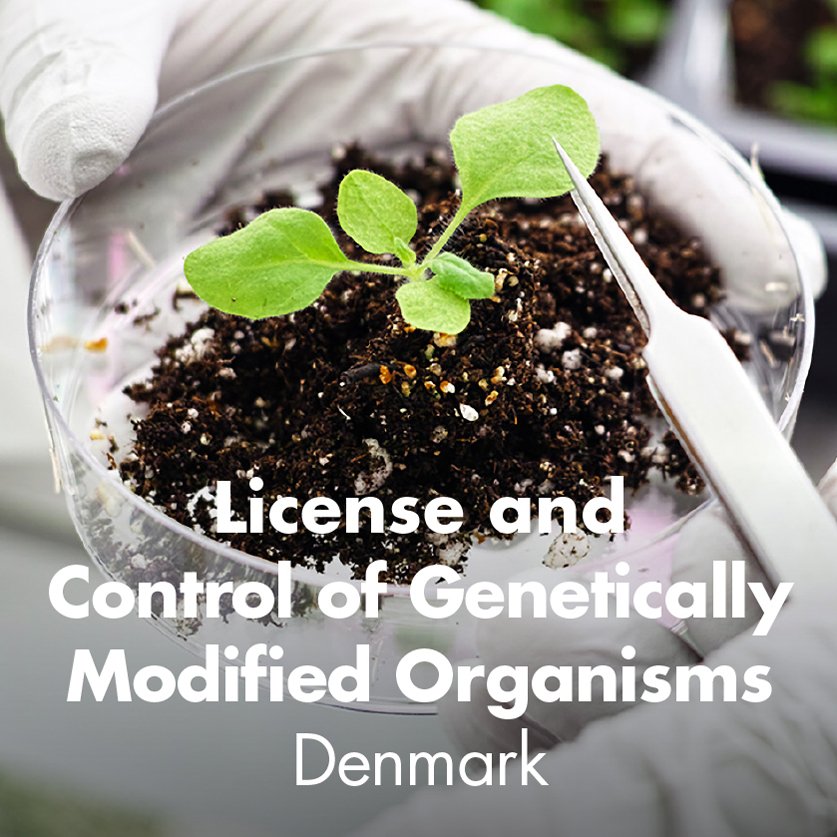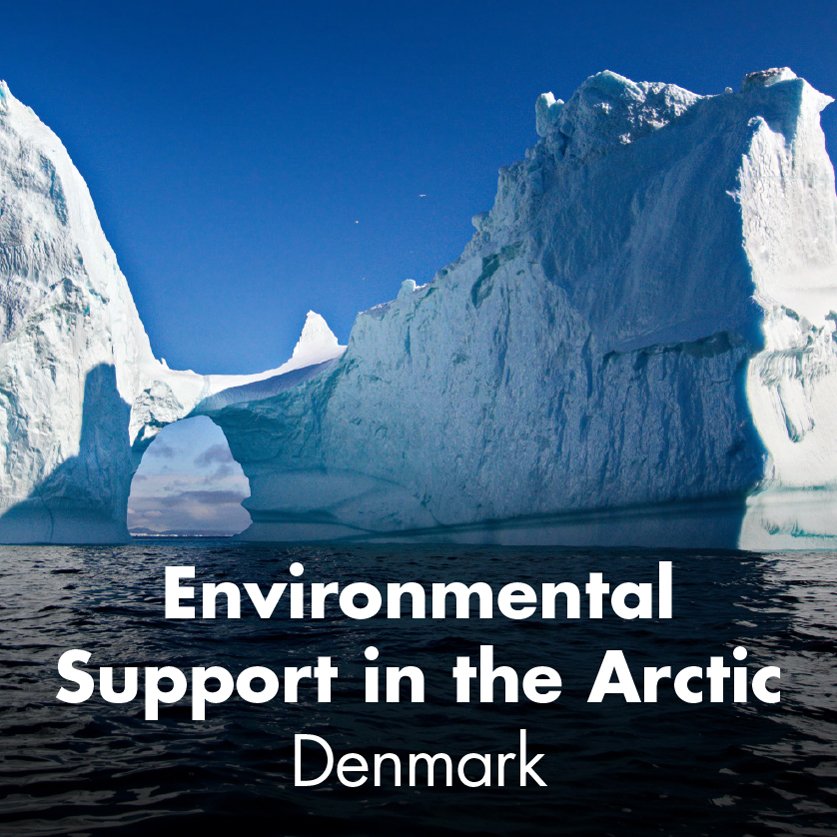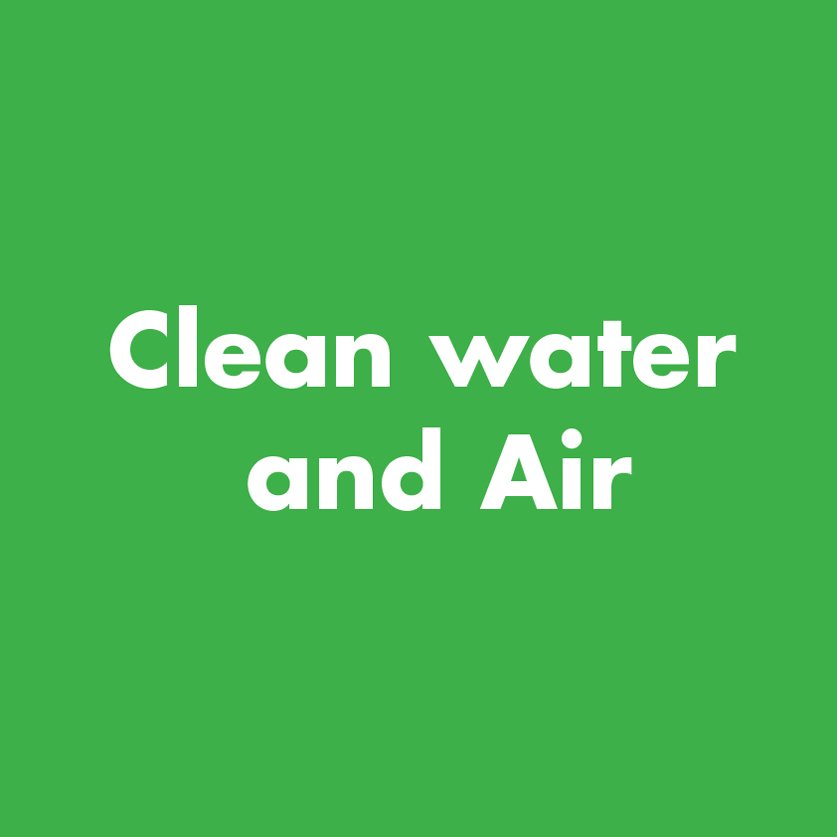Access Benefit Sharing (ABS) – Nagoya-convention compliance (Denmark)
Challenge
From on 12 October 2014, “The Nagoya Protocol on Access to Genetic Resources and the Fair and Equitable Sharing of Benefits Arising from their Utilization” has aimed to ensure more equal distribution of the benefits arising from the utilization of genetic resources in a fair and equitable way.
The Danish Environmental Agency needed to develop a new inspections system to comply on EU level (following the Regulation (EU) 511/2014 on compliance measures for users of the Nagoya Protocol). ABS focuses on biodiversity and fair and equal distribution of profits from the use of genetic resources, to ensure that there are agreements and given consent between users of genetic resources and their countries of origins - across country’s borders.
KEYWORDS
Thematic
Genetic resources, fair transition
Legal
Nagoya Convention, Regulation (EU) 511/2014 on compliance measures
for users of the Nagoya Protocol, Access Benefit Sharing, ABS
Tech
Inspections, Mass-operations
The EPA was looking to get an overview of all actual users with access to the genetic resources in line with the ABS regulation, via a designed survey. It was also important to raise awareness with users regarding the regulations. The EPA wanted to monitor user compliance and perform digital and physical inspections in a precise, streamlined way and focusing only on actual ABS users. The main challenge was to define the actual processes to ensure compliance with the regulations
Solution
The end-to-end Access Benefit Sharing (ABS) solution was implemented to streamline digital and physical inspections of Danish companies and universities using genetic resources – in order to comply with the Nagoya Protocol and the corresponding ABS regulation on EU level. The F2 solution was developed and implemented within 3 months and conducts “due diligence” inspections, which are primarily an audit to ensure that there are contracts and agreements ensuring benefit sharing.
cBrain’s ABS solution, combines the following case guides and online self-services:
Digital inspection:
• Case guide for selection and automatic creation of inspection cases
• Self-service for questionnaire
• Self-service for missing information
• Case guide for digital inspection, incl.:
– Automatic sending out of the questionnaire
– Automatic sending out of reminders
• Search templates
Physical inspection (for internal use by the EPA):
• Case guide for physical inspection, incl.:
– Creation of digital inspection case
• Self-service for inspection scheme (check list/questionnaire)
• Self-service for missing information
• Search template
Based on this configuration, the digital ABS solution allows for:
The registration of relevant companies and universities which are then assigned a risk-score to help determine if inspection is needed. Cases for administrative inspection are created automatically from an Excel list of ‘potential users’, adding a case guide to manage the workflow of assessing the users’ work around genetic resources (companies and universities).
Self-service forms sent to the users via hearing links, in order to perform a web-based survey and gather information of their utilization of genetic resources.
Users to submit information around their usage of genetic resources.
The EPA to request further information/documentation from the users of genetic resources via hearing links. The solution sends out reminders and integrates a call for the submission of further information.
The EPA to review the information submitted and to send out automatic reminders or begin inspection of noncompliant users.
Upon finalizing the digital inspection case, the EPA can choose to add a physical inspection case if needed. The solution converts data to a web-based inspection-module used by the EPA during the case which require physical inspection.
Results
The ABS solution allows case workers to handle many processes in a more efficient way and from a single platform.
The department can create multiple cases and send out e-mail surveys in bulk. In addition, the department has a better overview over who has answered the questionnaire and about any possible further inspections or requests of information required. There is a helpful possibility to extract ad-hoc reports via search templates which makes reporting a lot easier and faster. The case guides clearly define the workflow for case handling to assess if users are complying with the Nagoya Protocol / ABS regulation.
Replacing multiple systems with one digital platform allows for a clear overview of case progress and workload, more transparency and knowledge sharing. Duplicate information, cases and documents can be avoided. The department benefits from automated standardized document production based on F2 templates. Correspondence and documents are automatically added to each case, and data is available for reporting and progress tracking. E-mails, cases and records are indexed and fully searchable.


